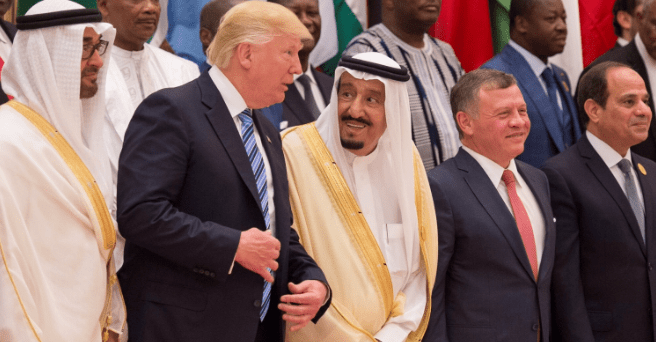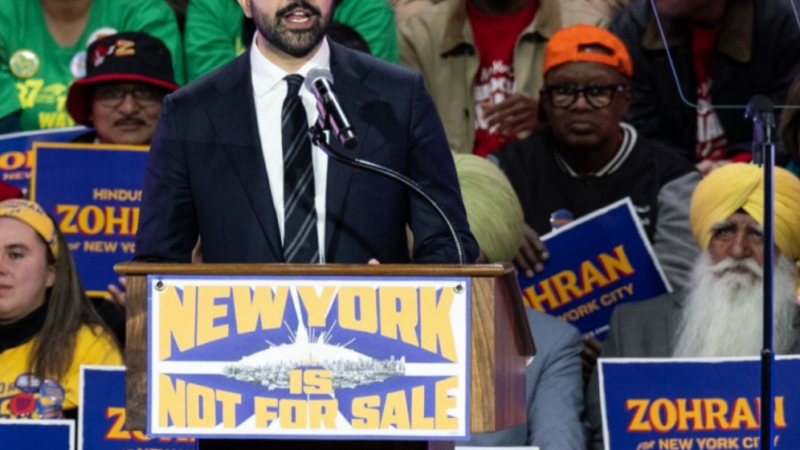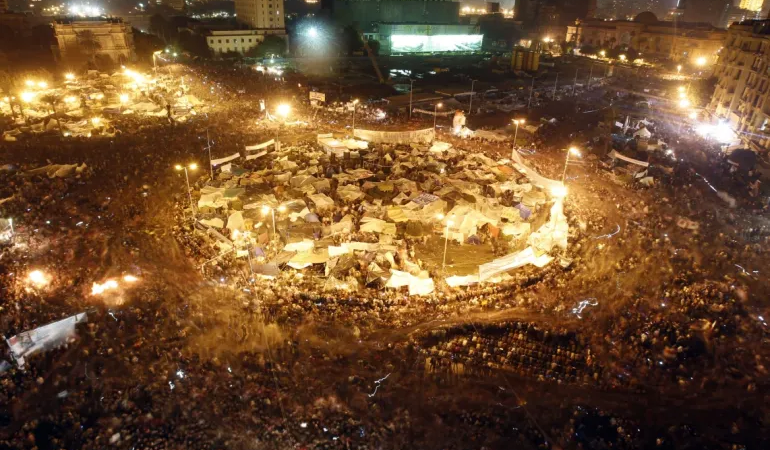What Trump left behind in 2021 and what his second government will encounter in the area in 2025

The Greek philosopher Heraclitus famously said, “You cannot step into the same river twice.” Well, the Middle East that Donald Trump stepped out of in January 2021 is profoundly different to the one that he steps back into in January of 2025. Indeed, to underscore how fast the Middle East river flows, even in the last few days it underwent another profound change with the fall of the Assad regime in Syria.
In 2021, Israel and Iran appeared to be maintaining a long-term and seemingly stable balance of power and deterrence. This was broken in October of last year, when Iranian allies Hamas and Hezbollah — perhaps sensing a decline of unity and deterrence — launched attacks on Israel. The Israeli response, first in Gaza and then in Lebanon, reversed the expectations of Iran’s Axis of Resistance and has created an imbalance of power between Israel and Iran decidedly in the former’s favor. The fall of Bashar al-Assad’s regime was both a partial consequence and a deepening of this new imbalance of power.
Like all imbalances, it has created risks as well as opportunities. The incoming Trump administration will have to grapple with both. The risks are that a military escalation by Israel against Iran might spiral out of control, with the latter responding with attacks on oil shipping and production facilities in the Gulf, triggering a global energy and economic crisis. Alternatively, or concurrently, Iran might decide to rebuild its lost deterrence by rushing to develop a nuclear weapon, which would also trigger a war with Israel — and the United States. The opportunity is that Iran’s acute vulnerability and maximum pressure on it, if it is combined with Trump-led maximum diplomacy, might finally push Tehran into acceding to what’s best for the region and I dare say for its own people: walking away from its aggressive “forward defense” strategy, which has been largely destroyed anyway, and normalizing its relations with the region and the world. Trump Nobel?
In the urgent first quarter of 2025, the new US administration is going to have to focus on how to maximize the opportunity while minimizing the risk stemming from the sudden collapse of the Assad regime in Syria. Assad and his father before him cast a long and dark shadow over the Levant for the past half century; the regime’s collapse is a cause of intense and bittersweet celebration for Syrians but also an enormous chance for the region. Trump may have used ALL CAPS to say that the US has no interest in Syria, but that is simply not the case. A successful transition in Syria will consolidate Iran’s and Russia’s defeat and departure from the heart of the Middle East, offering Syrians an opportunity to build stability and economic development for themselves and allowing their regional neighbors to do the same. A failed transition in Syria, on the other hand, might usher that country into a decade or more of renewed civil war, in which Iran and perhaps Russia could find a way back in, in which America’s Kurdish allies might suffer greatly, and in which ISIS could make a major resurgence. The US — along with Turkey, the Europeans, and Arab countries — has a critical and fairly low-cost role to play in helping bring about a successful transition. The cost of failure will be much higher.
Finally, today’s Middle East has intensely shifted on the Arab-Palestinian issue compared to what Trump faced when he last left the White House. In 2020, his administration had concluded the Abraham Accords normalization deals between Israel and several Arab countries. Those agreements largely sidestepped the Palestinian issue. Israeli, American, and many Arab leaders had concluded, erroneously, that the question of Palestine was no longer central and that the Israeli-dominated status quo over the Palestinians was stable and here to stay — much like the erroneous miscalculation in the last few years by the same leaders that the Assad-dominated status quo in Syria would endure.
Today, the right-wing Netanyahu-led government has leveraged last year’s Hamas attacks to, first, utterly devastate the Gaza Strip and its inhabitants in a now one-sided war that is still ongoing 14 months later and, second, to ramp up the pressure on the civilian population of the West Bank. In the wider Arab and Muslim world, the devastation of the civilian population in Gaza has reignited popular opinion in support of the Palestinian right to self-determination in a way not seen for decades.
The Trump administration will be keen on adding Saudi Arabia to the Abraham Accords countries, but this will not be achieved when a triumphant Israeli right wing is looking forward to annexing most of the West Bank, maintaining a long-term occupation of Gaza, and effectively burying the Palestinian issue. As an Arab Gulf official recently shared with me, his country is eager to engage with Israel, but how can this be achieved if Israel is proposing no alternative besides the permanent subjugation of the Palestinians? This century-old conflict will be harder than the previous two to resolve.






